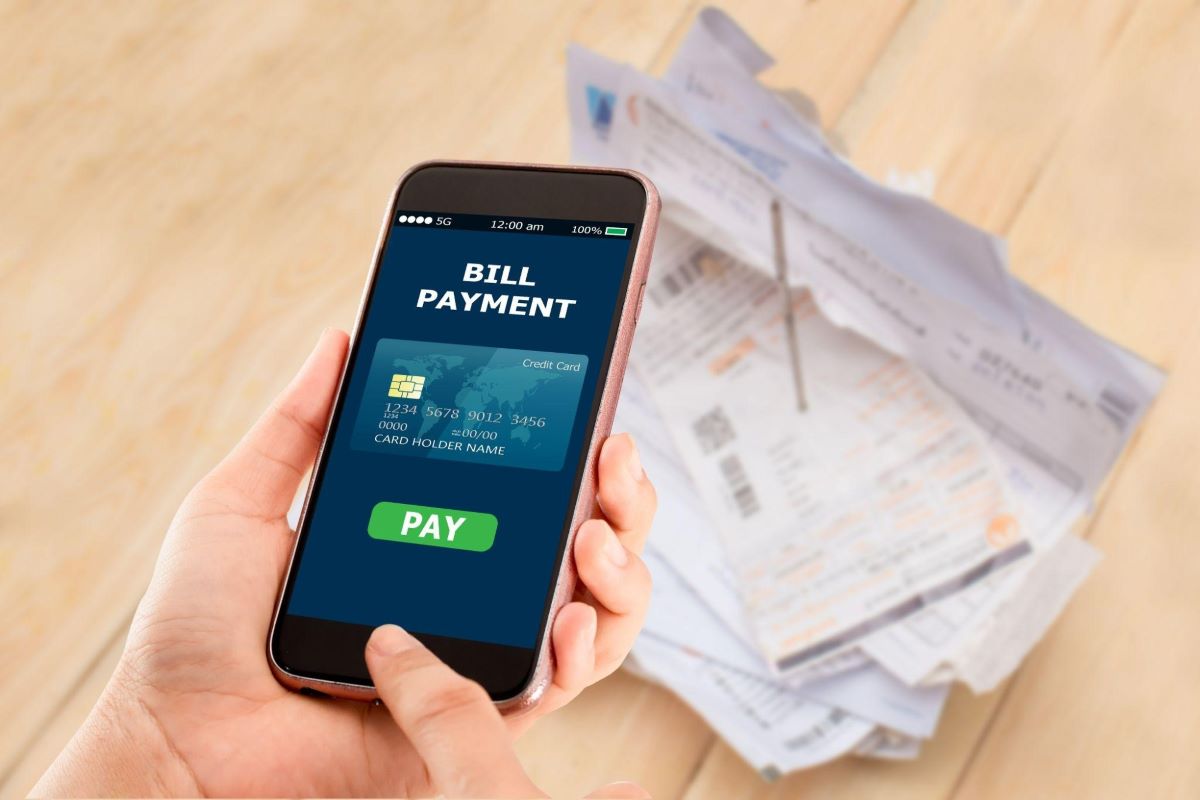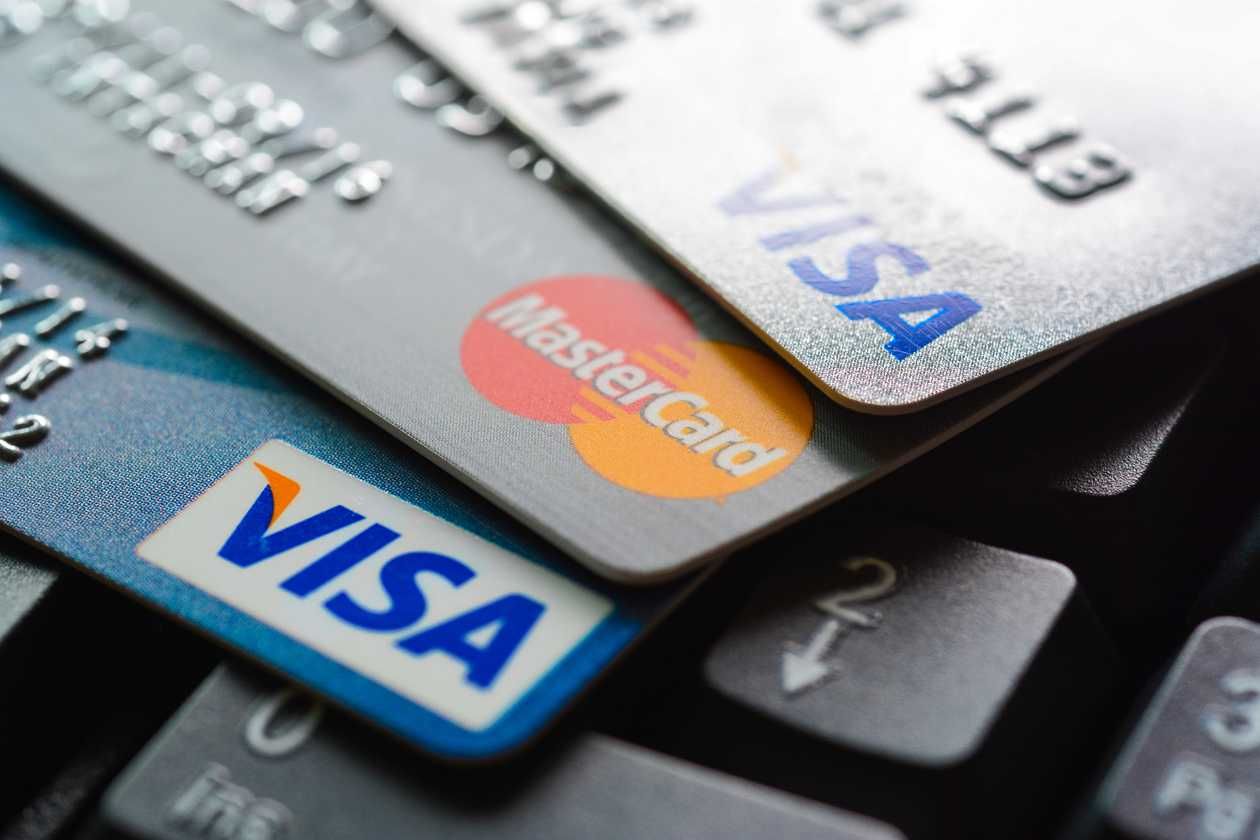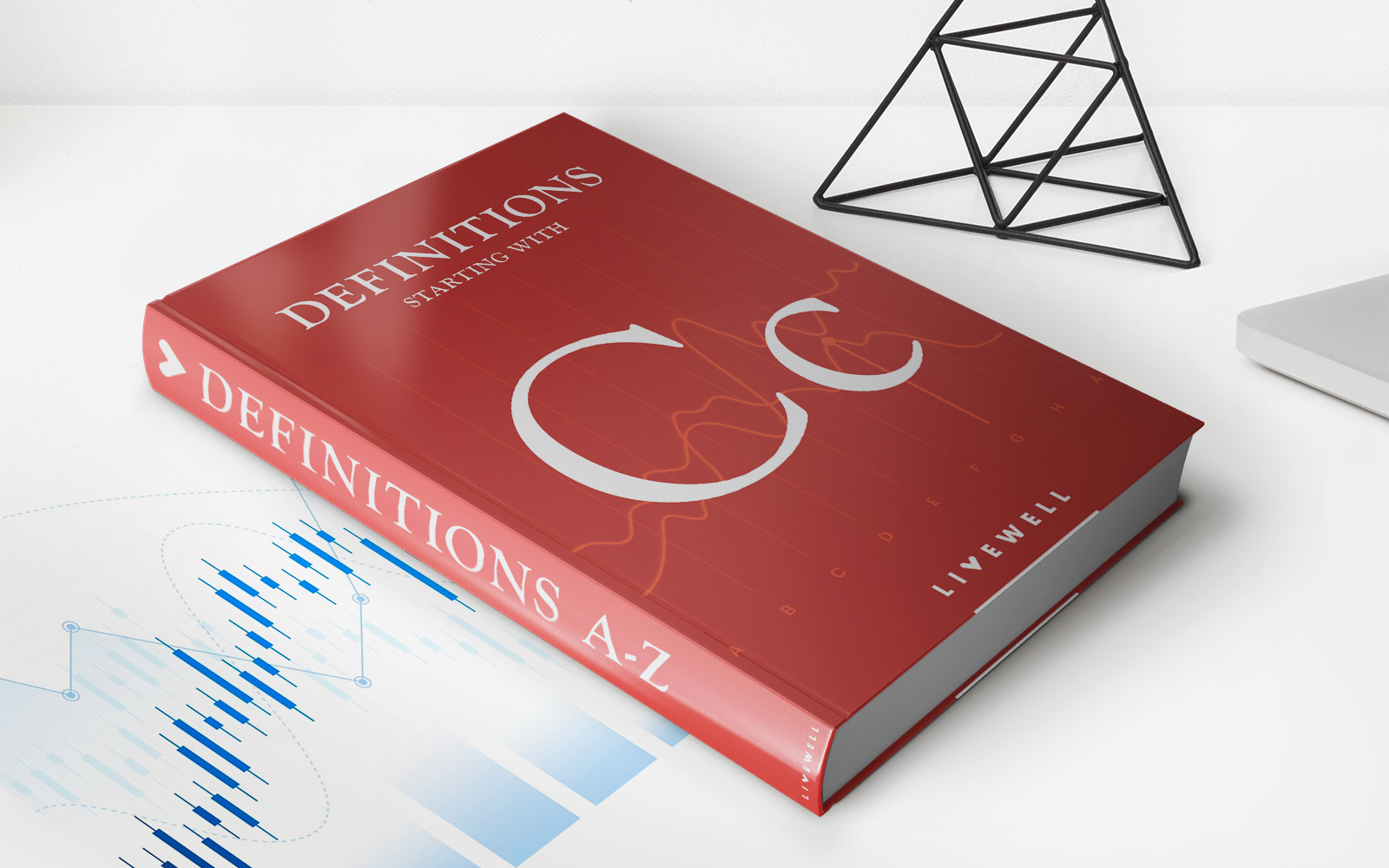Home>Finance>How To Figure Out The Minimum Payment On A Credit Card


Finance
How To Figure Out The Minimum Payment On A Credit Card
Published: February 25, 2024
Learn how to calculate the minimum payment for your credit card and manage your finances effectively. Get expert tips on credit card payments and finance management.
(Many of the links in this article redirect to a specific reviewed product. Your purchase of these products through affiliate links helps to generate commission for LiveWell, at no extra cost. Learn more)
Table of Contents
Introduction
Welcome to the world of credit cards, where convenience meets responsibility. Credit cards offer a convenient way to make purchases, build credit history, and manage unexpected expenses. However, it’s crucial to understand the financial implications of credit card usage, particularly the minimum payment requirement. In this comprehensive guide, we’ll delve into the intricacies of determining the minimum payment on a credit card, shedding light on the factors influencing it and providing practical tips for managing credit card payments.
Whether you’re a seasoned credit card user or considering applying for your first card, understanding the minimum payment is essential for maintaining a healthy financial standing. By gaining insight into this aspect of credit card management, you can make informed decisions, avoid unnecessary fees, and effectively manage your overall financial well-being.
Join us on this enlightening journey as we unravel the mysteries of credit card minimum payments, empowering you to navigate the world of credit with confidence and financial savvy.
Understanding the Minimum Payment on a Credit Card
When you receive your credit card statement, you’ll notice that it includes a minimum payment amount. This is the lowest sum you are required to pay by a specific due date to keep your account in good standing. While it may be tempting to view the minimum payment as a small hurdle to overcome, it’s essential to recognize its significance in the broader context of your financial obligations.
The minimum payment typically comprises a percentage of your total balance, often around 1-3%, along with any interest and fees accrued during the billing cycle. It’s important to understand that making only the minimum payment can result in long-term financial repercussions, including increased interest charges and prolonged debt repayment.
By comprehending the purpose of the minimum payment, you can appreciate its role in ensuring that you meet at least the basic requirement to keep your account in good standing. However, it’s crucial to strive for more than the minimum, aiming to pay off your balance in full whenever possible to avoid accumulating excessive interest and debt.
Understanding the minimum payment empowers you to make informed decisions about your credit card usage, budgeting, and overall financial management. It serves as a fundamental building block in your journey toward financial literacy and responsible credit card ownership.
Factors Affecting the Minimum Payment
Several key factors influence the calculation of the minimum payment on a credit card. Understanding these factors is crucial for gaining insight into the dynamics of credit card management and the associated financial implications.
- Outstanding Balance: The total amount you owe on your credit card, including purchases, cash advances, and any applicable fees, directly impacts the minimum payment. A higher outstanding balance typically results in a larger minimum payment requirement.
- Interest Rate: The annual percentage rate (APR) assigned to your credit card plays a significant role in determining the minimum payment. A higher APR leads to increased interest charges, influencing the minimum payment amount.
- Minimum Payment Calculation Method: Credit card issuers employ various methods to calculate the minimum payment, such as a percentage of the balance or a fixed amount. Understanding the specific calculation method used by your card issuer is essential for accurate financial planning.
- Accrued Interest and Fees: If you carry a balance from the previous billing cycle, any accrued interest and applicable fees contribute to the minimum payment for the current cycle.
- Credit Utilization Ratio: The ratio of your credit card balances to the credit limits on your accounts, known as the credit utilization ratio, can impact the minimum payment. Higher utilization ratios may lead to increased minimum payment requirements.
By considering these factors, you can gain a comprehensive understanding of the minimum payment calculation process and its underlying components. This knowledge empowers you to make informed decisions regarding your credit card usage, repayment strategies, and overall financial planning.
Calculating the Minimum Payment
The minimum payment on a credit card is typically calculated using a specific formula outlined by the card issuer. While the exact calculation method may vary among different issuers, it commonly involves a combination of the following components:
- Percentage of the Balance: Many credit card companies determine the minimum payment as a percentage of the total outstanding balance. This percentage is often around 1-3% of the balance, but it can vary based on the issuer’s terms and conditions.
- Interest and Fees: Any accrued interest and applicable fees from the current billing cycle are added to the minimum payment amount. This ensures that you address not only the outstanding balance but also the ongoing interest charges and potential fees.
- Fixed Minimum Amount: Some credit card issuers set a minimum payment floor, ensuring that cardholders pay at least a specified minimum, regardless of the percentage calculation. This additional safeguard aims to prevent excessively low payments that may prolong debt repayment and increase interest costs.
Understanding the specific formula used to calculate the minimum payment on your credit card is essential for effective financial planning. By familiarizing yourself with the calculation method, you can anticipate and budget for the minimum payment, thus avoiding potential financial strain and late payment fees.
It’s important to note that while the minimum payment represents the lowest amount required to maintain a current account status, paying only the minimum can result in prolonged debt and increased interest costs. Therefore, whenever possible, striving to pay more than the minimum contributes to a healthier financial outlook and accelerated debt repayment.
By gaining insight into the calculation process and its components, you can approach credit card management with greater confidence and financial acumen, thus optimizing your overall financial well-being.
Tips for Managing Credit Card Payments
Effectively managing credit card payments is essential for maintaining financial stability and minimizing unnecessary costs. By implementing strategic approaches to credit card usage and payment management, you can navigate the world of credit with confidence and prudence. Here are some valuable tips to help you manage your credit card payments effectively:
- Pay More Than the Minimum: Whenever possible, strive to pay more than the minimum amount due. By doing so, you can reduce interest charges and expedite the repayment of your outstanding balance, thus fostering a healthier financial outlook.
- Create a Budget: Establish a comprehensive budget that includes provisions for credit card payments. By aligning your credit card obligations with your overall budget, you can prioritize timely payments and avoid financial strain.
- Set Up Payment Reminders: Leverage technology to set up payment reminders through your banking app or calendar notifications. Timely reminders can help you stay on top of payment due dates and prevent late fees.
- Monitor Your Statements: Regularly review your credit card statements to track your spending, identify any unauthorized charges, and ensure accuracy. Monitoring your statements empowers you to maintain control over your finances and address any discrepancies promptly.
- Avoid Cash Advances: Minimize cash advances on your credit card, as they often incur higher interest rates and fees. Opting for alternative sources of funds can help you avoid unnecessary financial burdens.
- Utilize Autopay Options: Consider setting up automatic payments for at least the minimum amount due. Autopay can provide peace of mind, ensuring that you meet the basic payment requirement even during busy or challenging periods.
- Seek Financial Counseling if Needed: If you encounter challenges in managing credit card payments or debt, don’t hesitate to seek professional financial counseling. Qualified experts can provide personalized guidance and strategies to improve your financial situation.
By incorporating these tips into your credit card management approach, you can cultivate responsible financial habits, mitigate unnecessary expenses, and maintain control over your financial well-being. Empower yourself with the knowledge and tools to manage credit card payments effectively, paving the way for a secure financial future.
Conclusion
Understanding the minimum payment on a credit card is a fundamental aspect of responsible financial management. By delving into the intricacies of minimum payments, factors influencing their calculation, and effective management strategies, you equip yourself with the knowledge and tools to navigate the world of credit cards with confidence and prudence.
It’s essential to recognize that while the minimum payment represents the basic requirement to maintain a current account status, striving to pay more than the minimum whenever possible contributes to a healthier financial outlook. By paying more than the minimum, you can reduce interest charges, expedite debt repayment, and cultivate responsible financial habits.
Factors such as outstanding balances, interest rates, and minimum payment calculation methods play pivotal roles in shaping the minimum payment requirement. By understanding these factors, you gain insight into the dynamics of credit card management, enabling you to make informed decisions and strategic financial plans.
Implementing practical tips, such as paying more than the minimum, creating a budget, and setting up payment reminders, empowers you to manage credit card payments effectively. By incorporating these strategies into your financial routine, you can mitigate unnecessary expenses, prioritize timely payments, and maintain control over your financial well-being.
As you embark on your journey toward financial literacy and responsible credit card ownership, remember that knowledge is your most powerful asset. By leveraging the insights and strategies presented in this guide, you can confidently navigate the realm of credit cards, optimize your financial management, and pave the way for a secure and prosperous financial future.














